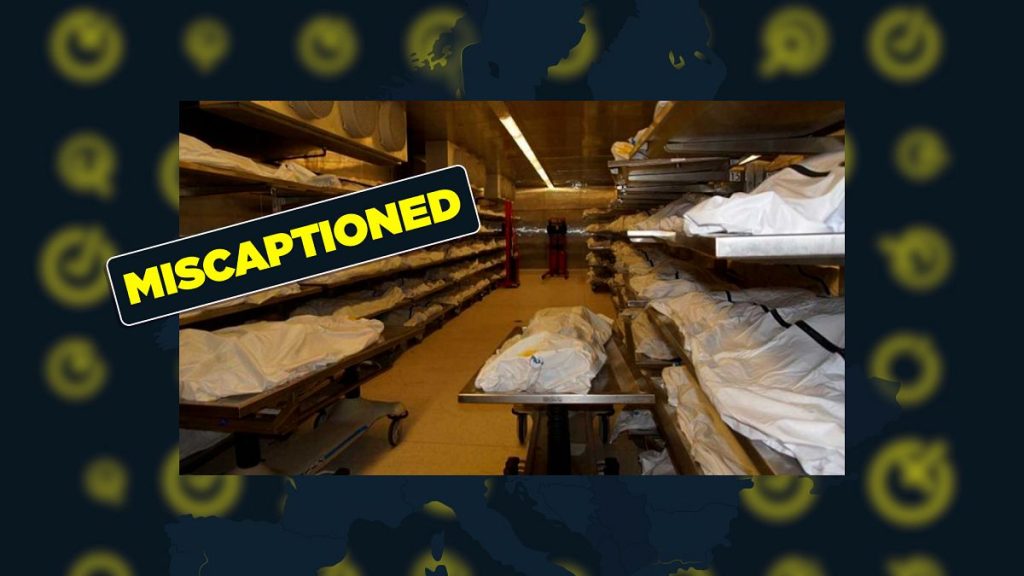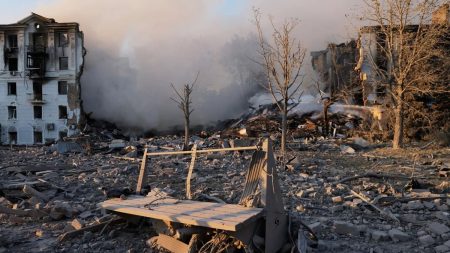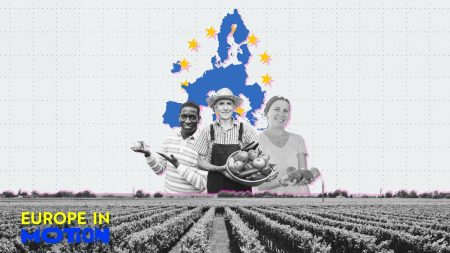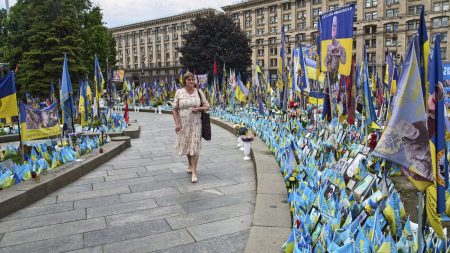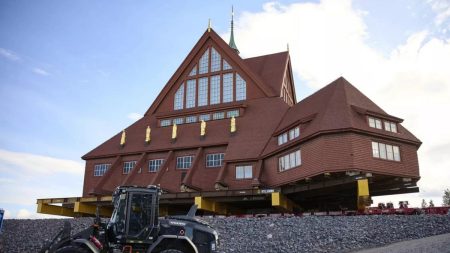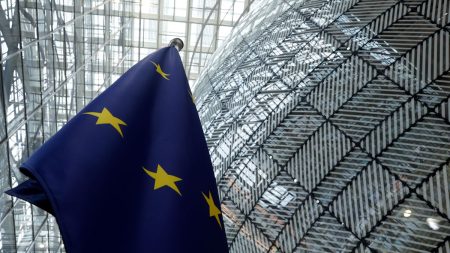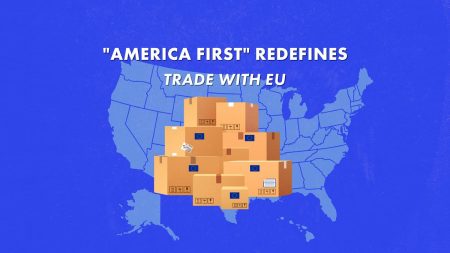The devastating floods that struck Valencia, Spain, in late 2023 continue to be a breeding ground for online misinformation, even months after the disaster. One persistent narrative revolves around images of body bags in morgues, presented as evidence of a vast, undisclosed number of flood victims. These images, frequently coupled with genuine photos from the Valencia floods, fuel conspiracy theories alleging a government cover-up of the true death toll. Social media posts sharing these images accuse mainstream media of concealing the scale of the tragedy while highlighting the arrival of immigrants by boat, suggesting a biased and manipulative agenda. However, a closer examination reveals the images’ origins lie far from Spain.
Reverse image searches quickly debunk the connection between these morgue photos and the Valencia floods. One image traces back to a 2016 news article about a Los Angeles court case involving a street race. A teenager convicted in connection with the race, which resulted in two fatalities, was sentenced to visit a morgue as a deterrent against reckless driving. The image shared in the misinformation campaign is a cropped version of the headline image from this article, completely unrelated to any natural disaster in Spain. Similarly, the other morgue photo originates from a 2016 article about a group sentenced to a morgue tour in San Diego as part of a program aimed at educating at-risk youth and adult offenders about the consequences of their actions.
These misattributed images exemplify the spread of false narratives surrounding the Valencia floods. The underlying conspiracy theory suggests a concerted effort to suppress the true number of casualties. This claim is easily refuted by the readily available data provided by the Spanish government, which maintains and updates official statistics on fatalities, disappearances, and ongoing relief efforts on its website. The transparency of this information undermines the foundation of the cover-up narrative.
The recurrent emergence of misinformation about the Valencia floods underscores the challenges posed by online platforms in combating the spread of false information. The manipulated narrative surrounding the morgue photos isn’t an isolated incident. Other misinformation campaigns have attempted to attribute the floods to artificial weather manipulation, disseminate conflicting death tolls, and even allege a staged helicopter crash as a government distraction tactic. These efforts contribute to a climate of distrust and confusion, hindering accurate reporting and effective disaster response.
The case of the misrepresented morgue photos serves as a stark reminder of the importance of verifying information before sharing it online. A simple reverse image search can often uncover the true source and context of an image, preventing the inadvertent spread of misinformation. Critical thinking and media literacy are crucial tools in navigating the complexities of the online information landscape. By questioning the source and verifying information, individuals can contribute to a more informed and accurate understanding of events.
The continued dissemination of misinformation regarding the Valencia floods highlights the need for vigilance in identifying and debunking false narratives. Reliable sources, such as official government websites and reputable news organizations, provide verified information and counter the spread of unsubstantiated claims. By relying on credible sources and engaging in critical analysis, individuals can contribute to a more informed public discourse and mitigate the harmful effects of misinformation. The Valencia floods, while a tragic event, should not be further compounded by the spread of false and misleading information.




